UPDATED! Discover Honshu
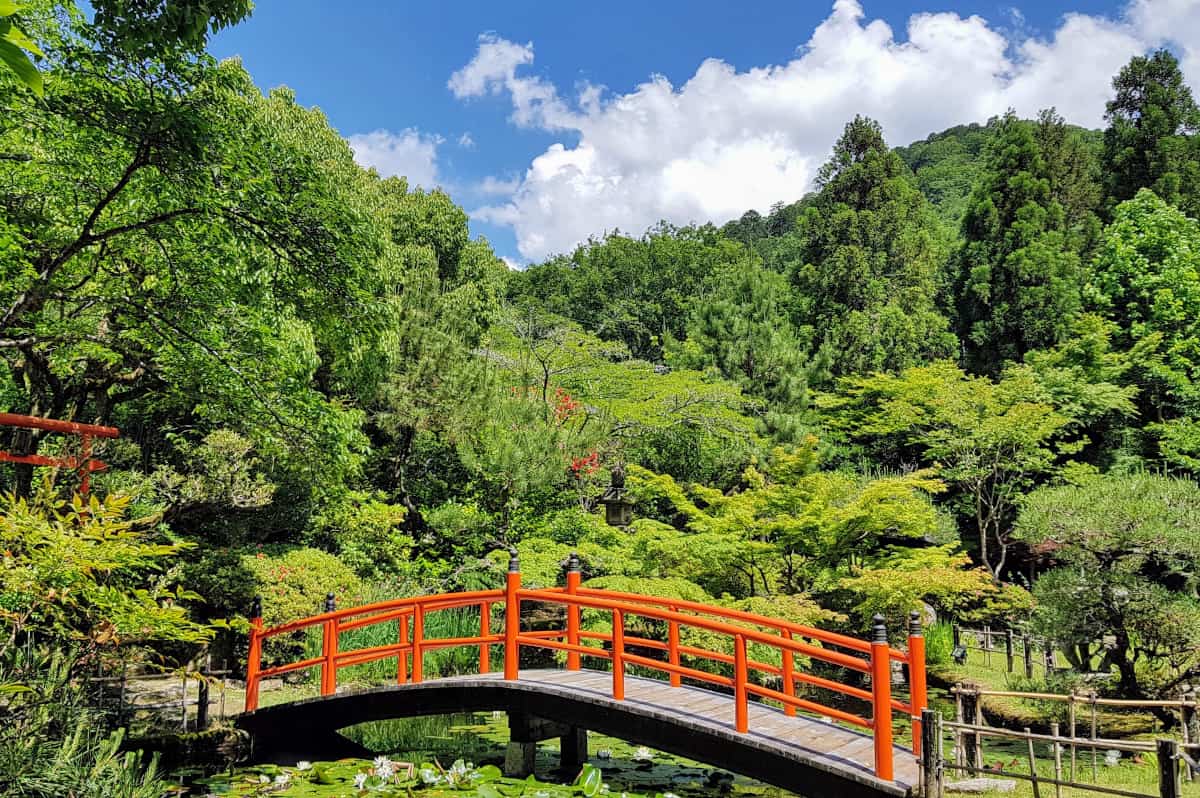
Honshu is Japan's largest island and contains most of the country's best-known cities and destinations.
It's here you'll find Tokyo, Kyoto, Yokohama, Hakone, Nagoya, Hiroshima, Osaka, Nara, Kobe, Niigata, Himeji and Mt. Fuji.
But its size and geographic diversity also means there are hundreds of barely known spots, making getting off the beaten path easy and rewarding.
Key Takeaways
It's the main event: Honshu is Japan's largest island and where you'll find most of the country's famous cities and attractions, including Tokyo, Kyoto, Osaka, and Mt. Fuji.
It's big and diverse: Honshu is the world's seventh-largest island and is divided into five distinct regions, each with its own unique character and climate.
There's a season for everyone: Honshu has four distinct seasons, so you can plan your trip to experience anything from the cherry blossoms in spring to the snowy mountains in winter.
Getting around is easy: Honshu has Japan's most extensive railway network and is home to the country's major international airports, making it easy to get to and around the island.
Don't forget to get off the beaten path: While the big cities are a must-see, Honshu's size and diversity mean there are plenty of hidden gems to discover if you're willing to explore.
It's a food lover's paradise: From the street food of Osaka (known as "Japan's kitchen") to the fresh seafood of the coast, Honshu has something to offer every palate.
Get my free Japan Travel Bulletin:
Discover Honshu - Travel Guide
by Rob Dyer
Introduction
Honshu (pronounced 'hon-shoe') is 88,000 square miles (228,000km), with a population of around 104 million, accounting for more than 80% of the total population of Japan. It's split into five regions (from the northeast to southwest): Tohoku, Chubu, Kanto, Kansai (also known as Kinki), and Chugoku.
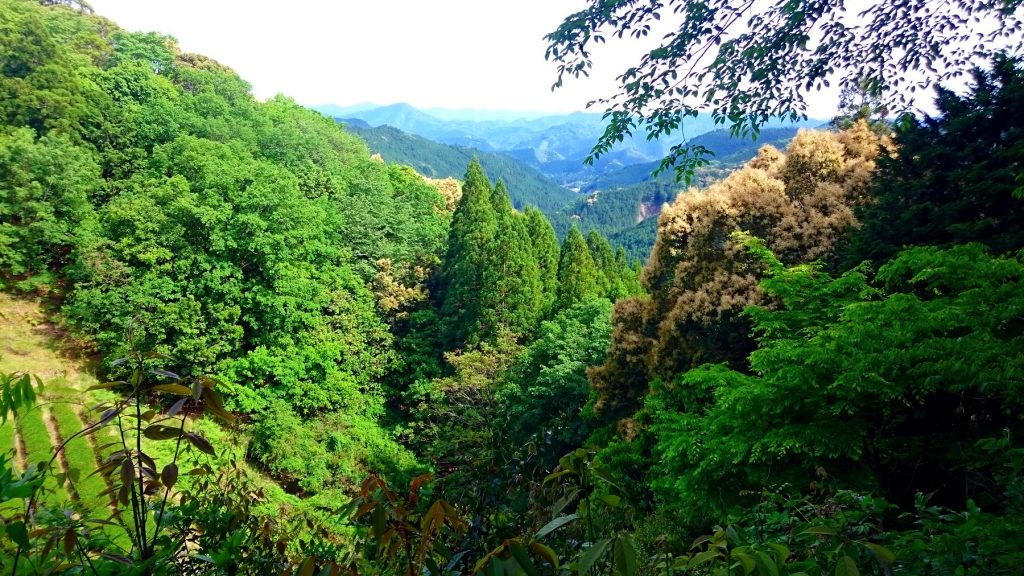
Mountains of Central Honshu
Honshu is the seventh-largest island in the world, and the second-most populous after the Indonesian island of Java.
The capital, Tokyo, sits roughly in the the middle on the Pacific coast to the east.
Where Is Honshu Located?
Honshu facts and figures
- Japan's largest island
- 88,000 square miles
- Population: 104 million
- Capital City: Tokyo
- Cultural and Political centre of Japan
- Home to the Japanese Alps
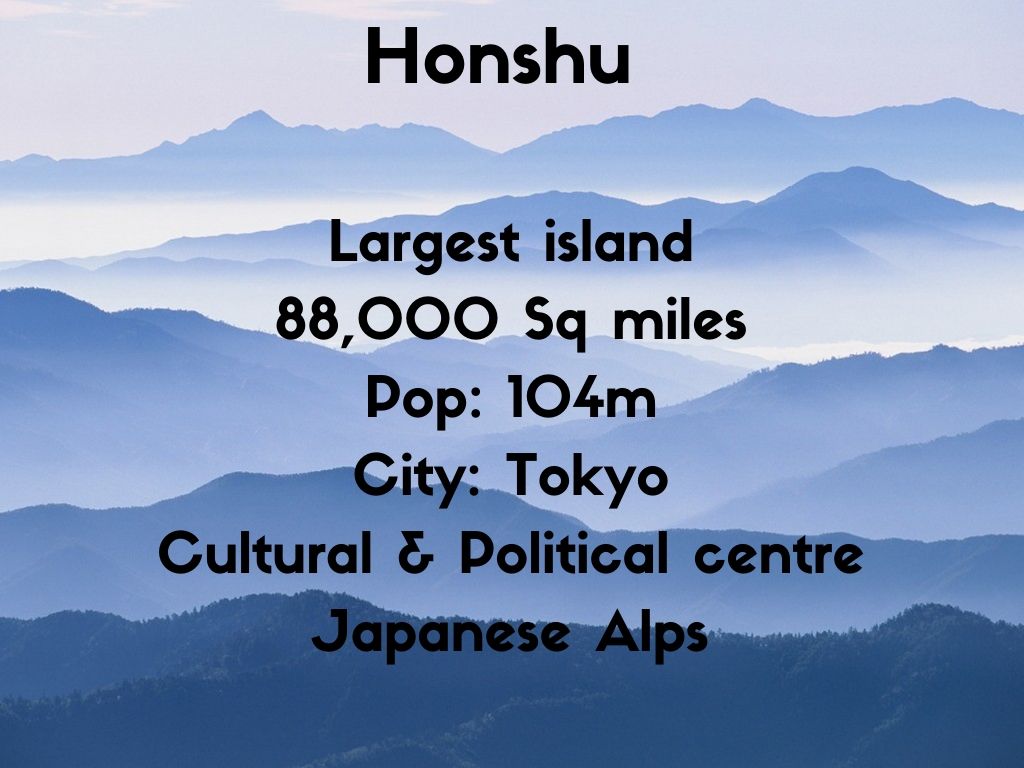
Honshu's climate and seasons
The island stretches northeast to southwest across 810 miles (1,300km), with the climate cooler in the northern regions (below Hokkaido) and humid and subtropical in the southwest (ahead of Kyushu).
Still, as it occupies the middle of the Japanese island chain, most of Honshu still has four distinct seasons.
This means planning a trip to Honshu to experience specific weather can be easily done. Just be aware of some seasonal weather patterns, like the annual rainy season (broadly June through to mid-July) and typhoons (at their worst between August and September).
CURRENT WEATHER
Although there is some variation at the northern and southern ends of the island, here's a an overview of when the seasons generally fall on Honshu and what to look out for...
Key cities - personal recommendations
Tokyo
Tokyo is the first place most people will visualise when they think of Japan.
But don't make the mistake of thinking Tokyo = Japan. Japan is an incredibly varied country and rewards exploration. Same goes for Tokyo. Whatever your niche interest, there's a good chance Tokyo can deliver on it, if you're willing to step beyond the famous tourist spots.
Consider booking tickets to watch sumo during your time here. Japan's annual Grand Sumo Tournament visits Tokyo three times every year, during January, May and September.
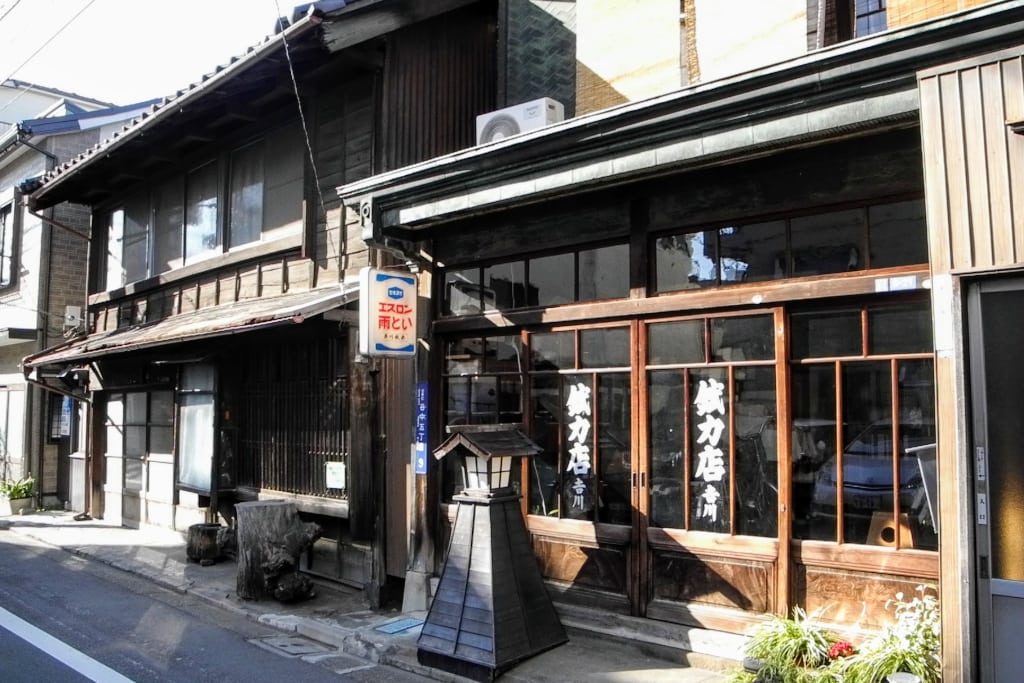
You could mistake Tokyo's backstreets for Kyoto, if you wander just a little off the main routes
If you're here for the frantic, kinetic, dazzling and noisy image of Japan you'll be perfectly happy. But take a few moments to stroll just a little off the beaten path (particularly in the east of the city) and you'll soon find many quiet oases.
Grab a Tokyo Wide Area Pass (one of Japan's regional Japan Rail Passes) and be surprised at just how much there is in the greater Tokyo and surrounding areas. Fans of Japan's leading anime film company Studio Ghibli (as well as anyone who wants to channel their inner-child) should head for the magical Ghibli Museum in Tokyo's western Mitaka suburb.
Kyoto
If Tokyo is the place that most travellers to Japan begin their journey, Kyoto usually isn't far behind on the itinerary.
And rightly so. As Japan's former imperial capital and the cultural heart of the country there are plenty of reasons why Kyoto is so popular.
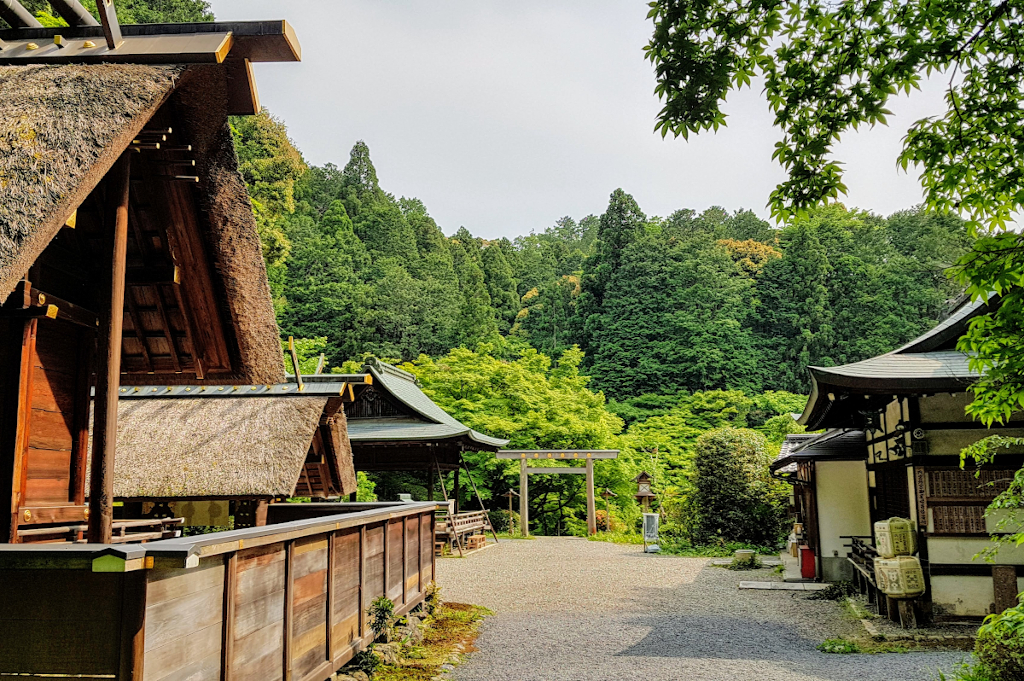
Take a local train from Kyoto to Uji and a short hike will reward you with Himukai Daijingu Shrine
Many head to Kyoto for its impressive array of shrines and temples. If that's what you seek, but want to avoid the slow, shuffling crowds of tourists, head to the north of the city and spend time walking around the lovely Kamigamo Shrine. Kyoto is also the perfect place to experience the wonderful Japanese tea ceremony.
Here's three hidden Kyoto walks that will get you off-the-beaten-path, including a hike into the Uji mountains where you'll be rewarded with remote shrines like Himukai Daijingu.
Osaka
Just half an hour by train from Kyoto is Japan's second city Osaka.
It has a reputation for being the 'hair down', more boisterous counterpart to the more up-tight capital. And justifiably so! If you're looking for a good time, Osaka will not disappoint. The food here (including local specialities like takoyaki, okonomiyaki and kushikatsu) covers the entire spectrum of what's available in Japan, earning the city the label of 'Japan's kitchen'.
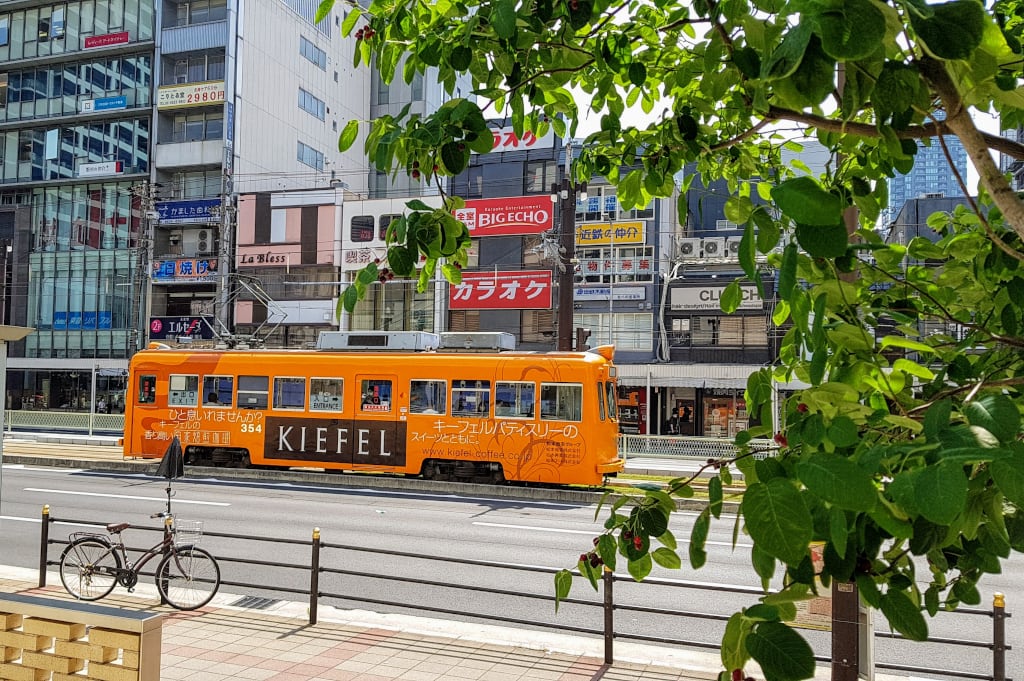
The Hankai Tramway is the last remaining tram service in Osaka, connecting nearby Sakai City
If food is your thing then Osaka is an absolute must. I've compiled a 3-Day Osaka Itinerary that includes some of my personal recommendations (including restaurant suggestions).
Hiroshima
If you're heading to Hiroshima (western Honshu's largest city) I recommend allowing plenty of time to fully take in the incredibly moving (and sometimes upsetting) Hiroshima Peace Memorial Museum and its Peace Memorial Park outside. Think about making time to visit the iconic Itsukushima torii, the enormous bright red gate that rises out of the Seto Inland Sea, and the gateway to Miyajima Island.
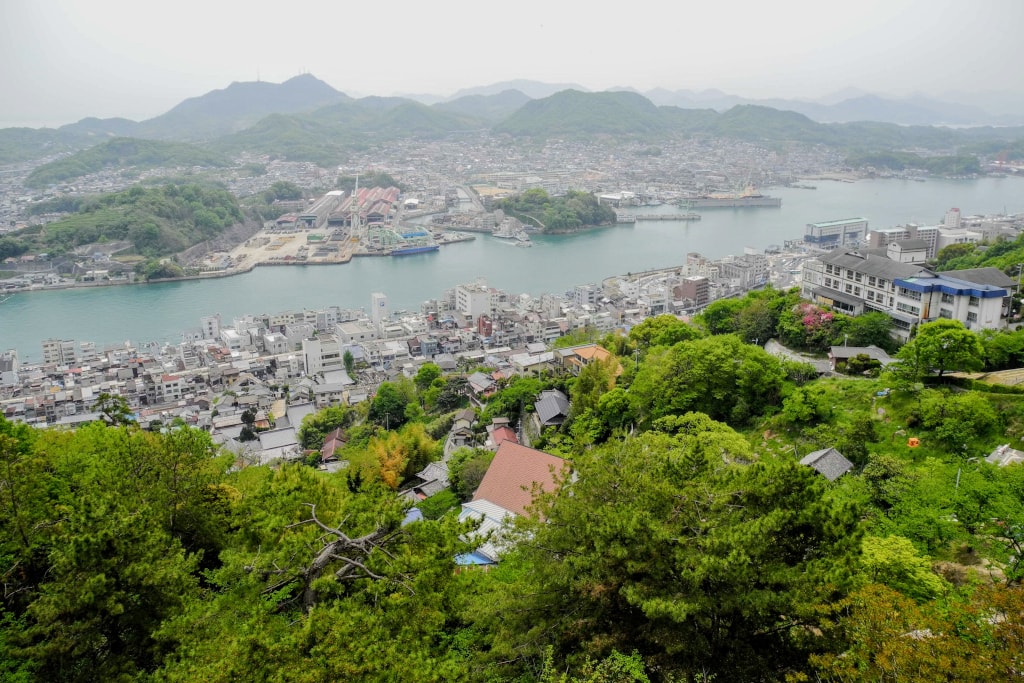
If you're planning to visit Hiroshima consider also adding the port city of Onomichi to your itinerary
My personal recommendation is to also consider building in at least a half-day in the nearby port city of Onomichi. For me, the quintessential 'The Real Japan'. Largely occupying a series of steep slopes, it is built around a still-working harbour.
It's also the start of the (also recommended) Shimanami Kaido cycling route that connects Honshu with six islands in the Seto Inland Sea.
SEE ALSO: Hiroshima City Guide
Honshu's most rarely visited region (is a must-visit)
The northeast region of Tohoku is rarely visited by travellers (even the Japanese tend to shrug it off as a bit of a harsh backwater) but that's their loss. Its rural landscapes reward exploration, revealing hidden treasures like the Zuihoden mausoleum complex. It's also peppered with attractive small cities such as Sendai.
The regions in the heart of Honshu, Chubu, Kanto and Kansai, may be well-trodden, yet all offer quieter areas not physically far off the popular tourist trails, but which feel a world away.
In spring, check out Hirosaki for its stunning displays of Japan's famous sakura (cherry blossom). In summer, head to Aomori city for the Nebuta matsuri festival. If you're interested to learn more about Northern Tohoku specifically, then I suggest reading my post: Hachimantai: Northern Tohoku’s Next Must-See Destination?
Towada-Hachimantai National Park
The northern Tohoku area is a haven for nature lovers and those keen to put the noise, bustle and crowds of the big cities behind them, and get closer to the land. In the heart of this region is the spectacular Towada-Hachimantai National Park.
It was designated national park status by the Japanese government in 1936, and offers boundless opportunities to connect with the mountainous interior landscape of this remote area.
Read my guide to the Towada-Hachimantai National Park here.
VIDEO: Honshu - Best of Nippon
Getting to Honshu
Being the largest island in Japan, it's easy to get to and around Honshu. Travellers with accessibility issues should read this guide for tips on accessible travel in Japan.
Japan's largest airports are all found here. Including Narita Airport > Narita International Airport, and Haneda Airport > Tokyo International Airport in Tokyo, and Kansai International Airport in Osaka.
Honshu also has Japan's biggest network of railway routes, with bridges connecting it to the islands of Shikoku and Kyushu in the south. The Shin-Kanmon Tunnel serves shinkansen between Honshu and Kyushu islands.
The undersea Seikan Tunnel connects Honshu to Hokkaido in the north by shinkansen.
A Nostalgia For Old Japan...
Kinosaki Onsen is a 1,300 year old town of natural hot springs, and embodies much of what makes exploring rural Japan so worthwhile.
Located 93 miles north of Kyoto, Kinosaki the perfect place for a long soak and a short, relaxing break.
Strict planning laws for the heart of Kinosaki (known as the village) means the views up and down the canal-lined streets today are much as they were hundreds of years ago... LEARN MORE
Discover Honshu - Frequently Asked Questions
Q: What is Honshu and why is it important?
A: Honshu (pronounced 'hon-shoe') is Japan's largest island at 88,000 square miles, home to around 104 million people - more than 80% of Japan's total population. It's the cultural and political centre of Japan and the seventh-largest island in the world (second-most populous after Java in Indonesia). This is where you'll find most of the country's best-known cities and destinations including Tokyo, Kyoto, Osaka, Hiroshima, and Mt. Fuji.
Q: How is Honshu divided geographically?
A: Honshu is split into five distinct regions from northeast to southwest: Tohoku, Chubu, Kanto, Kansai (also known as Kinki), and Chugoku. Each region has its own unique character, climate, and attractions. The island stretches 810 miles (1,300km) from northeast to southwest, with Tokyo sitting roughly in the middle on the Pacific coast to the east.
Q: What's the climate like on Honshu?
A: Honshu has four distinct seasons, though the climate varies across the island. The northern regions (below Hokkaido) are cooler, whilst the southwest (ahead of Kyushu) is humid and subtropical. Most of Honshu experiences classic seasonal variation, making it easy to plan trips for specific weather. Be aware of the annual rainy season (broadly June through mid-July) and typhoons (worst between August and September).
Q: When is the best time to visit Honshu?
A: That depends on what you want to experience! Spring offers stunning cherry blossoms (particularly in places like Hirosaki), summer brings festivals like the Nebuta matsuri in Aomori city, autumn provides gorgeous foliage, and winter allows you to experience snowy mountains. Each season has its attractions, so you can plan your trip to match your interests - just avoid the rainy season and typhoon periods if possible.
Q: How easy is it to get around Honshu?
A: Very easy! Honshu has Japan's most extensive railway network, including shinkansen (bullet trains) connecting major cities. The island is home to the country's major international airports including Narita and Haneda in Tokyo, and Kansai International Airport in Osaka. Bridges and tunnels connect Honshu to Shikoku and Kyushu in the south, whilst the undersea Seikan Tunnel links it to Hokkaido in the north by shinkansen.
Q: What are the major airports on Honshu?
A: The main airports are Narita International Airport (NRT) and Tokyo International Airport/Haneda (HND) in Tokyo, Kansai International Airport (KIX) in Osaka, Chubu Centrair International Airport (NGO) in Nagoya, and Osaka International Airport (ITM) in Itami. These are Japan's largest airports and serve as major international gateways.
Q: Why shouldn't I just stick to Tokyo?
A: Don't make the mistake of thinking Tokyo equals Japan! Japan is incredibly varied and rewards exploration beyond the capital. Whatever your niche interest, Tokyo can probably deliver on it - but so can many other places. The country's diversity means you'll miss out on authentic experiences if you stay only in one city. Getting off the beaten path is easy and extremely rewarding on Honshu.
Q: What makes Kyoto worth visiting?
A: As Japan's former imperial capital and the cultural heart of the country, Kyoto offers an impressive array of shrines and temples. If you want to avoid slow, shuffling tourist crowds, head to the north of the city and explore lovely spots like Kamigamo Shrine. Kyoto is also the perfect place to experience a traditional Japanese tea ceremony. Consider taking local trains to nearby areas like Uji for short hikes that reward you with remote shrines.
Q: What's special about Osaka?
A: Osaka is Japan's second city and has a reputation for being the 'hair down', more boisterous counterpart to the up-tight capital - and justifiably so! If you're looking for a good time, Osaka won't disappoint. The food scene here is exceptional, covering the entire spectrum of Japanese cuisine including local specialities like takoyaki, okonomiyaki, and kushikatsu. The city has earned the label of "Japan's kitchen" for good reason.
Q: Should I visit Hiroshima?
A: Absolutely. Allow plenty of time to fully take in the incredibly moving (and sometimes upsetting) Hiroshima Peace Memorial Museum and its Peace Memorial Park. Consider visiting the iconic Itsukushima torii - the enormous bright red gate rising out of the Seto Inland Sea on Miyajima Island. Also consider adding the nearby port city of Onomichi to your itinerary for a quintessential "Real Japan" experience.
Q: What's the Tohoku region like?
A: The northeast region of Tohoku is rarely visited by travellers (even the Japanese tend to shrug it off as a harsh backwater), but that's their loss! Its rural landscapes reward exploration, revealing hidden treasures like the Zuihoden mausoleum complex and attractive small cities like Sendai. It's a haven for nature lovers and those keen to escape the noise, bustle, and crowds of big cities. Check out Hirosaki for stunning cherry blossoms in spring or Aomori city's Nebuta matsuri festival in summer.
Q: What is Towada-Hachimantai National Park?
A: Located in the heart of northern Tohoku, this spectacular national park was designated by the Japanese government in 1936. It offers boundless opportunities to connect with the mountainous interior landscape of this remote area. It's ideal for nature lovers wanting to get closer to the land and experience a side of Japan far removed from urban centres.
Q: What hidden gems should I look for on Honshu?
A: Honshu's size and geographic diversity mean there are hundreds of barely-known spots. Even in the well-trodden regions of Chubu, Kanto, and Kansai, you'll find quieter areas not physically far from popular tourist trails but which feel worlds away. Kinosaki Onsen (a 1,300-year-old hot spring town) embodies what makes exploring rural Japan worthwhile. The Shimanami Kaido cycling route connecting Honshu with six islands in the Seto Inland Sea is another fantastic experience.
Q: Is Honshu good for food lovers?
A: Absolutely - it's a food lover's paradise! From Osaka's street food (earning it the nickname "Japan's kitchen") to fresh coastal seafood, Honshu offers something for every palate. Each region has its own specialities and culinary traditions. The diversity of food experiences across the island is genuinely staggering.
Q: Can I use a Japan Rail Pass on Honshu?
A: Yes! Honshu has Japan's biggest network of railway routes, making the Japan Rail Pass worth considering here. You can also grab a Tokyo Wide Area Pass (one of Japan's regional rail passes) to explore the greater Tokyo area and surrounding regions. The extensive rail network makes getting around efficient and enjoyable.
Q: What about accessibility on Honshu?
A: Travellers with accessibility issues should note that whilst major cities and transport hubs are generally well-equipped, some rural areas and older buildings may present challenges. It's recommended to research specific destinations in advance and consider booking accessible accommodations and transport where needed.
Q: How long should I spend on Honshu?
A: That depends on what you want to see! You could easily spend weeks exploring Honshu given its size and diversity. A typical first-time itinerary might include a week covering Tokyo, Kyoto, and Osaka, but if you want to explore beyond the major cities, add more time. Even a short stay in places like Kinosaki Onsen (two days, one night is enough to sample most of what it offers) can be incredibly rewarding.
Q: Can I drive on Honshu?
A: Yes, though it's worth considering whether you need to. The excellent rail network often makes driving unnecessary in major cities. However, renting a car can be useful for exploring rural areas and reaching more remote destinations. If you're considering car rental, make sure to research driving in Japan first, including requirements for an International Driving Permit.
Q: What makes Honshu different from Japan's other islands?
A: Honshu is the main event - it's where the majority of Japan's population lives and where you'll find the country's political and cultural centre. Whilst Hokkaido, Kyushu, Shikoku, and Okinawa all have their unique characteristics, Honshu offers the most comprehensive overview of Japanese culture, history, and modern life. Its geographic diversity means it contains everything from subtropical climates to alpine regions within a single island.
Honshu Destinations (Featured Posts)
Selected posts about destinations in Honshu...
Honshu Travel Planning
Further short guides and checklists are available in my Japan Travel Store.
If you found this guide helpful, please share this photo:

About the Author
A writer and publisher from England, Rob has been exploring Japan’s islands since 2000. He specialises in travelling off the beaten track, whether on remote atolls or in the hidden streets of major cities. He’s the founder of TheRealJapan.com.
Resources
Main Honshu airports
Narita Airport > Narita International Airport (NRT) in Tokyo
Haneda Airport > Tokyo International Airport (HND) in Tokyo
Kansai International Airport (KIX) in Osaka
Chubu Centrair International Airport (NGO) in Nagoya
Osaka International Airport (ITM) in Itami, Osaka
The Best Time To Visit Japan
The Best Time To Visit Japan - All You Need To Know

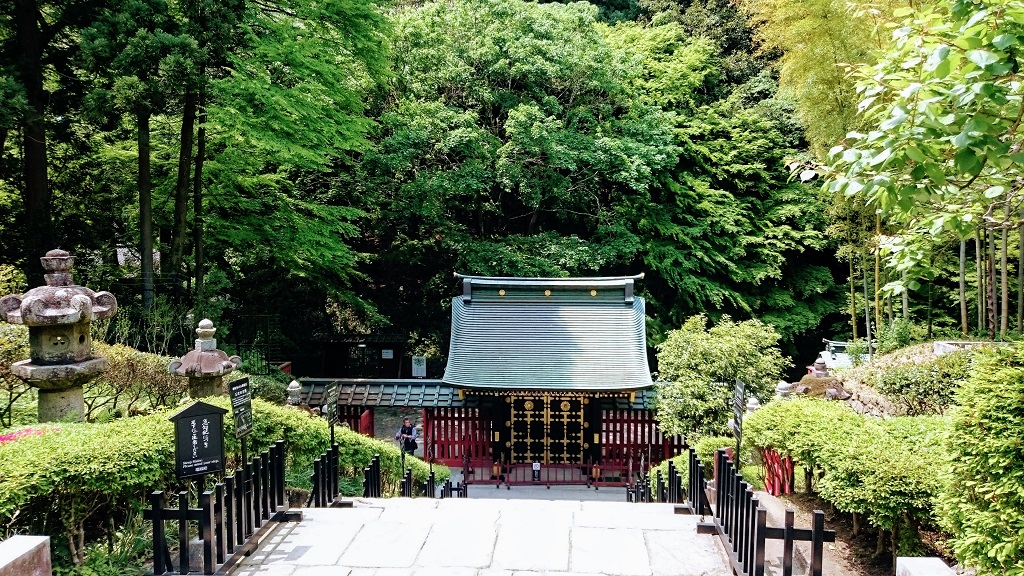
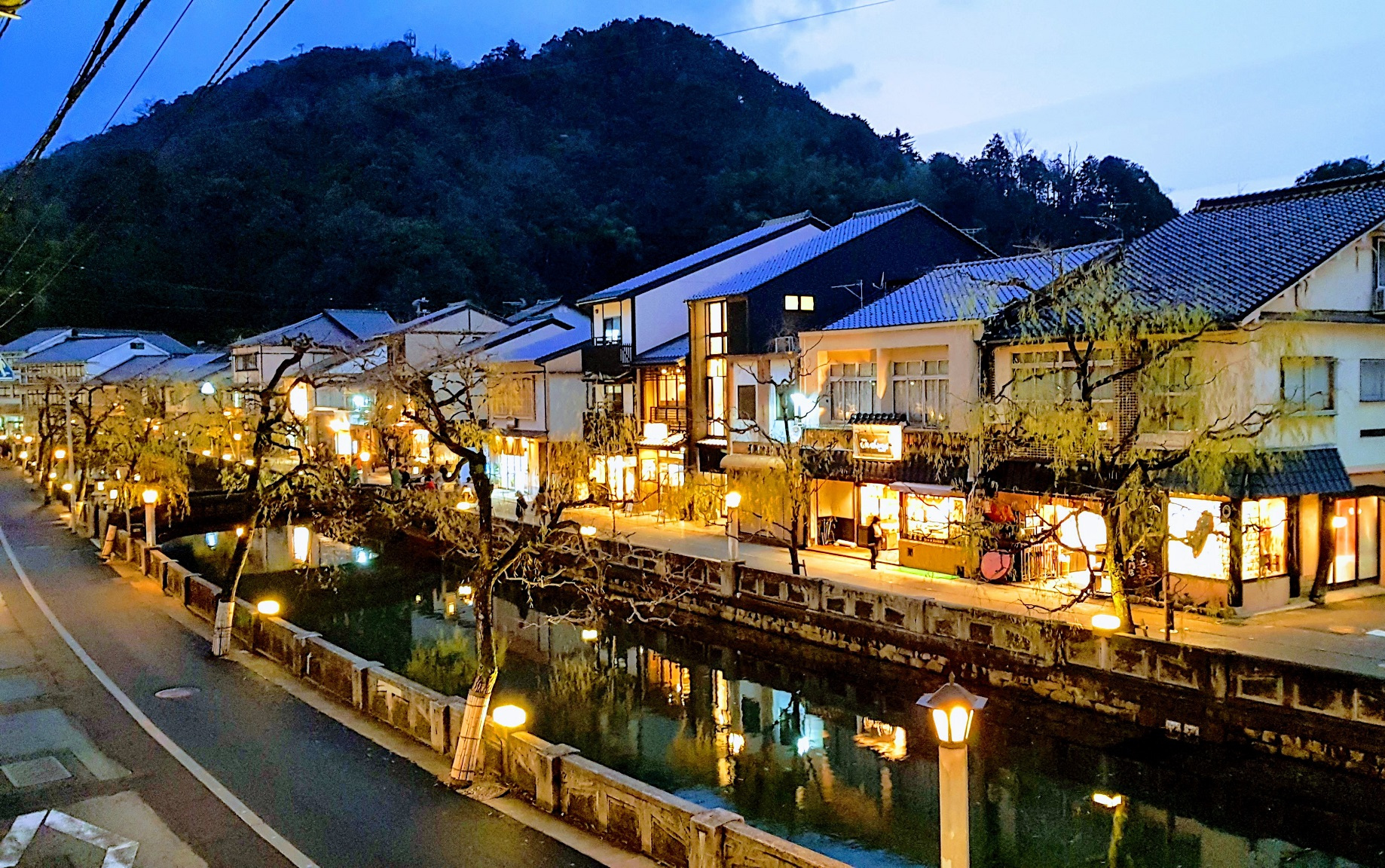
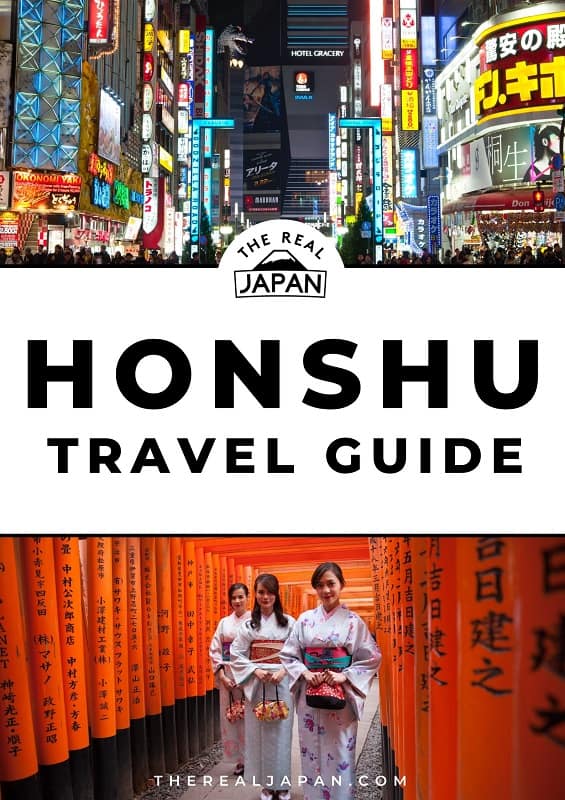
I am looking for a good guide in kioto for 2 or 3 days….And see if they recommend to lease a car to move faster for one place to other (Nara, Kioto…etc.)
I list some recommended tour guide companies on my Resources page here: https://www.therealjapan.com/resources. If you’re considering car rental I suggest reading this guide if you haven’t already: https://www.therealjapan.com/driving-in-japan/. If you wanted detailed advice and help you can check out my services here: https://www.therealjapan.com/japan-travel-services/
I do not even know how I ended up here, but I thought this post was great. I don’t know who you are but definitely you’re going to be a famous blogger if you aren’t already 😉 Cheers!
Thanks Lexi… I think! 😀
I like the efforts you have put in this, regards for all the great content.
Thank you! Glad you like it.
Who is the webpage author?
Hello London. I’m the author of this page. Hope you found it helpful?